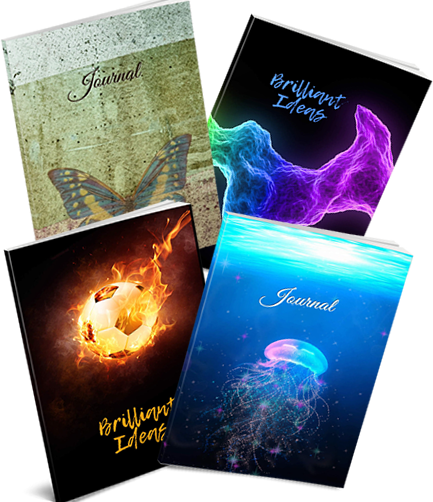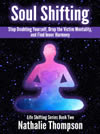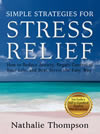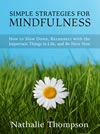 The dictionary defines stress as “a state of mental or emotional strain or tension resulting from adverse or very demanding circumstances”. I find this an interesting definition because it so obviously means that stress is a very subjective thing; no two people will react to a situation in the same way, so no two people will respond to a situation in exactly the same way. What is considered stressful for one may not be so considered by another; what makes a situation stressful for us is how we feel about it and react to it. Learning how to manage stress, therefore, begins with understanding our unique stressors and our own stress responses.
The dictionary defines stress as “a state of mental or emotional strain or tension resulting from adverse or very demanding circumstances”. I find this an interesting definition because it so obviously means that stress is a very subjective thing; no two people will react to a situation in the same way, so no two people will respond to a situation in exactly the same way. What is considered stressful for one may not be so considered by another; what makes a situation stressful for us is how we feel about it and react to it. Learning how to manage stress, therefore, begins with understanding our unique stressors and our own stress responses.
Recognizing Your Stress Response
When we are exposed to a situation that induces stress, our bodies react with a “fight or flight” mechanism, boosting our adrenaline levels and getting us ready for action. This was helpful in the days when learning how to manage stress meant you needed to either fight or outrun the sabre-tooth tiger that just appeared in your camp; in modern society, however, there are not a lot of situations that call for that kind of desperate, intense physical action, so all of that extra energy stays pent-up in our bodies and shows up as symptoms like pain, tension and anxiety. It’s as if all the energy that would have been spent either fighting or outrunning the danger is turned inwards and quietly unleashed on your own body.
The first key to learning how to manage stress nowadays is to understand how your own body manifests this internal energy surge: Close your eyes for a moment and just listen to your body. Do you feel any tension or soreness in your joints, tendons or muscles? Do you often feel like you’re on the edge of a headache? Is your jaw clenched? Are you frowning? Are your hands balled up or clenched? Does your stomach feel “off”? Is your breathing rapid or shallow? All of these physical symptoms can come from being under a constant state of stress.
Identifying Your Stressors
Figuring out what actually causes your stress response is the second key to being able to manage it, and one of the best tools for determining what your true stressors are is a stress journal.
Find a little notebook, or just staple some sheets of paper together, and start a daily journal or log book in which you record and analyse the situations that stress you during the day. When you feel stressed, write it down. Make a note of what happened that triggered the stressful feelings. How did the situation make you feel? Note your emotions and your physical sensations. What was your response to the situation (what did you do when you felt the stress)? Did you do anything to make yourself feel better? If so, what was it?
After you’ve been using your log book for a few days, you will likely start to notice patterns developing that will give you valuable information about the types of situations and experiences that cause your stress levels to rise. For instance, you may notice that whenever there’s a pile of dishes in the kitchen sink, you get upset, or whenever you’re stuck in traffic you get angry. Make a note of any of these recurring patterns.
Real Versus Assumed Stressors
Oftentimes, what we think causes our stress and what actually causes our stress are two very different things! For example, is it the fact that no one seems to help out around the house that makes you stressed, or is the crumbs on the floor that really makes you stressed? Is it the fact that you and your family have so many scheduled activities that makes you stressed, or is it the fact that you’re not organized enough to deal with it effectively that is the real cause of the stress?
Take a look at your log book, and the patterns you’ve identified. Do you tend to get stressed at certain times of the day, in particular types of situations, or around specific people? Within those patterns, determine where the real stressor lies. Learning how to manage stress begins with learning to understand your unique stress triggers and how you respond to them; once you understand what the actual cause of your stress response is, you can start taking steps to deal with it effectively.
photo credit: (c) Can Stock Photo

















